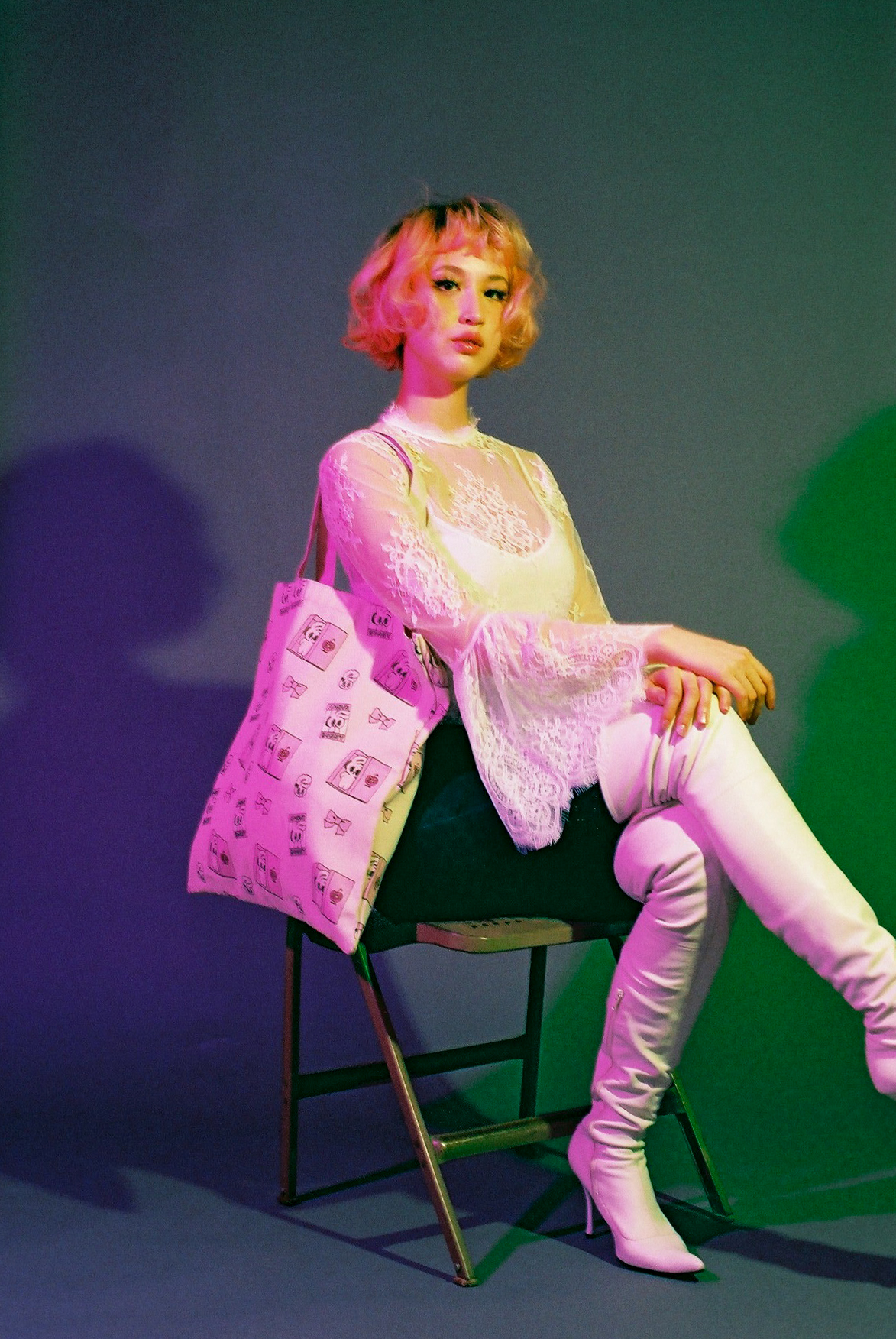Meet Esther Kim, the Illustrator Weaponizing Femininity
Her character, Esther Bunny, is world-renowned, appearing in collaborations with Lazy Oaf, Japanese fashion brand WC, and Korean brand Chuu.
The Esther Bunny, Esther Kim’s hallmark creation, is pink in color, with massive, cumulus ears, one slightly obscuring the other, and wide saucer-like eyes with iron-filing lashes. There are slight variations on this design in some illustrations/products– hair accessories might adorn Esther Bunny’s ears, her fur might be pastel purple or off-white in color, her eyes could be blue or black– but the basic features are unmistakable. Similar in stature to a literal powder puff, Esther Bunny is an unwavering bastion of girliness, and has become world-renowned for this.
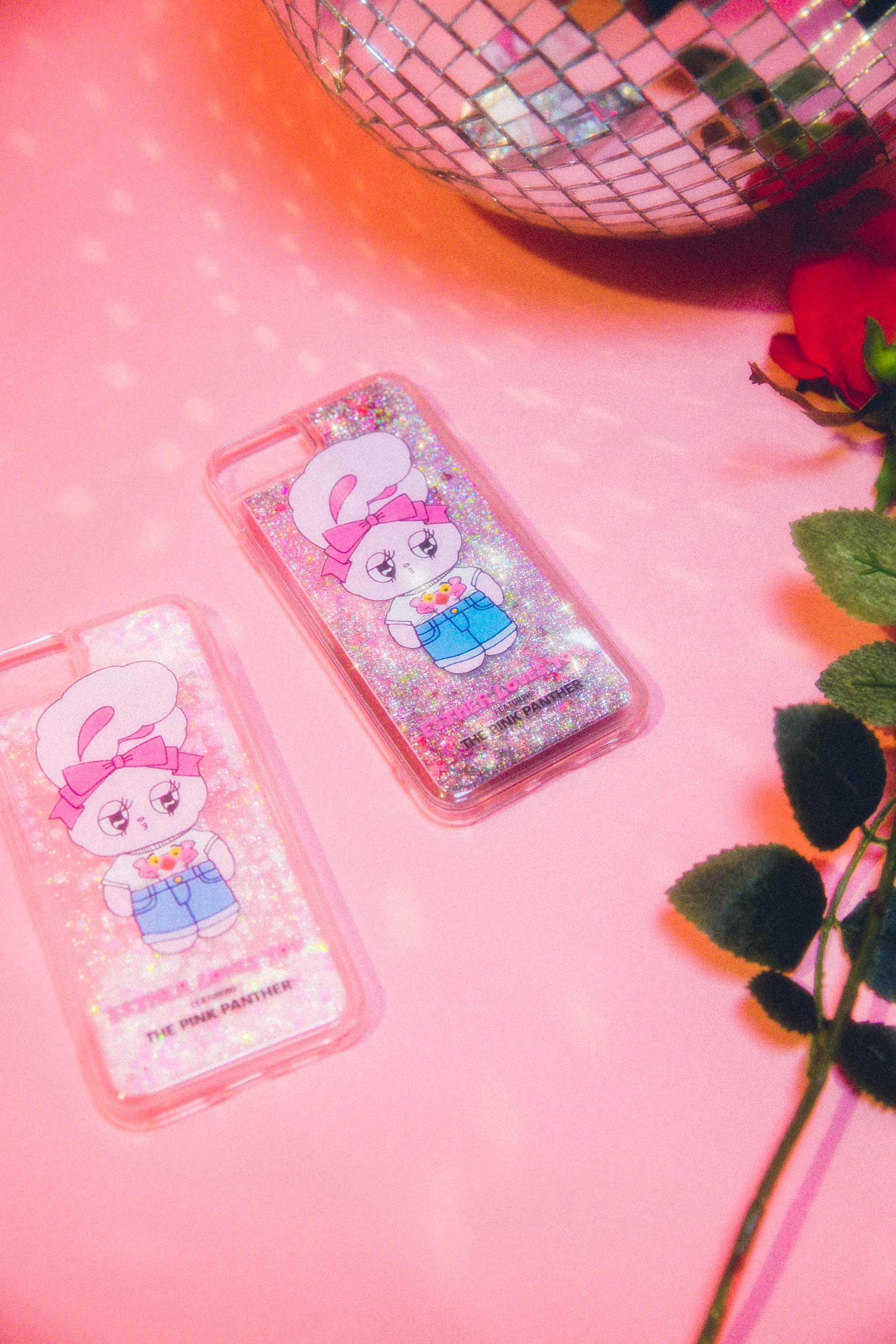
Esther Kim developed an iconography that can transcend languages and cultures, because Esther Bunny is a culmination of her own multicultural experience. “I wasn’t conscious of it when I was drawing it, but the bunny really represents me as a person,” said Esther. The Korean-American artist is a world citizen, and although she now realizes she has the luxury of global perspective, growing up, it was often isolating. “My parents took me [from LA] to Japan when I was a teenager, so I’m just really used to living in other people’s cultures and always being self aware and sensitive about that. If you look at my bunny, she’s always looking sideways and her ears are really large. She’s scanning and scoping the situation. She’s hypersensitive.” Like her bunny, when she was younger, Esther was observant and passive, absorbing other cultures while simultaneously feeling that she wasn’t deserving of truly committing to any of them. “I had so many cultures: Korean, American, Japanese,” she sighed. “In any one situation I could react many different ways. It stressed me out. I was like, ‘Should I be American right now? Or Korean? Or Japanese?’ That’s why my bunny is so aware of other people.”
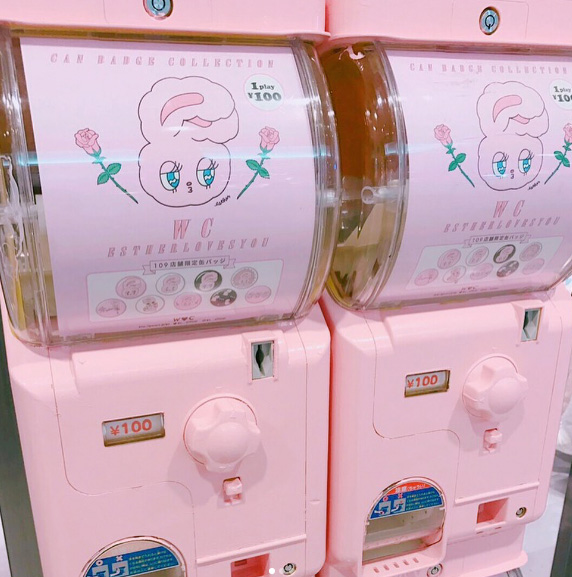
Eventually, however, this hybrid identity became a strength. Esther Bunny’s skillfully simple imagery fits seamlessly into Japanese “kawaii” culture, Korean street style, American trends, and British fashion. Esther has done collaborations with Harajuku brand WC, Korean brand Chuu, and British label Lazy Oaf. She’s had shows in both Japan and Korea, and regularly holds meet-ups with her diverse fanbase. On a recent trip to Tokyo, she collaborated with Incoco Tokyo, a nail polish company, on a Valentine’s meet-and-greet. “The best moments in my career are whenever I get to meet people through events,” she said. “Being able to connect with fans, and share the ideas in my head, and being able to talk about my character and my work is really cool. It’s really great to have a dialogue about these things that I just think about by myself in my studio. Realizing that they have a connection with me or the character is super gratifying.” The Incoco event in particular stands out as a self-actualizing moment for Esther; she had a full-circle moment with a Korean fan that stopped by. “A Korean girl who just happened to be visiting Japan walked into the store because she saw the Esther Bunny, and she was so surprised to see me there. She also didn’t know I was Korean, so that was really cool.”
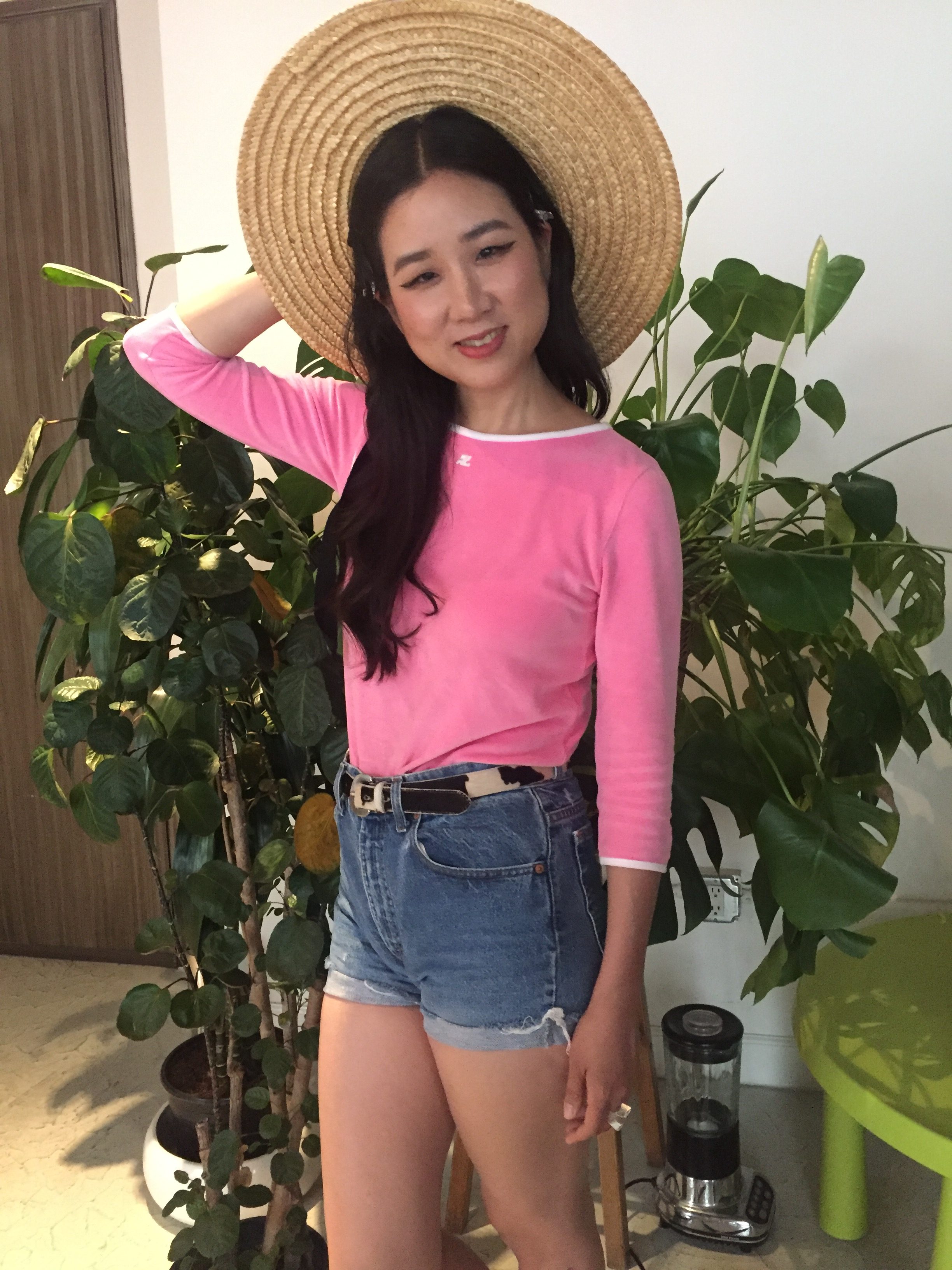
Through events like this, Esther Bunny is able to reach its full potential as a means of communication for Esther herself. “I’m so happy that I came upon Esther Bunny. A lot of people identify with it. I’m really happy that I’ve made this character that can be so universal.” She views the bunny as an alter-ego, of sorts. Using Esther Bunny, Esther was able to fit into a world she thought she could never belong to. “It was a constant Goldilocks feeling, the search for satisfaction. I’m very grateful to my art; it’s taken me so long to make it my career, but it’s given me a place in this world.”
But getting to where she is now took courage and tenacity. “I have this immigrant mentality y’know? I love working hard and paying my dues,” she laughed. “It takes so much time and effort to develop original artwork.” She began by drawing fashion illustrations, but a bunny character kept making an appearance in her work. Eventually, Esther began focusing her attention on the bunny rather than the girls. “I had this realization a couple of years ago that I didn’t love the way my animals look. And I thought, ‘If I don’t love it, how are other people going to love it?’ So I started redrawing my bunny. I kept drawing it over and over.” What resulted was the Esther Bunny. Esther’s confidence in the character was able to ground her throughout the adversity she faced. “When I used to take my portfolio to agencies and places, they would always tell me it was too cute. I used to tell myself ‘It’s wrong until it it’s right.’” As Esther began selling merchandise that featured the famous Esther Bunny at stores in metropolises like Seoul, Taipei and Tokyo, her work was received with more respect. “With time, people have come to appreciate my work as work, as intellectual property, not just a cute girly thing.”
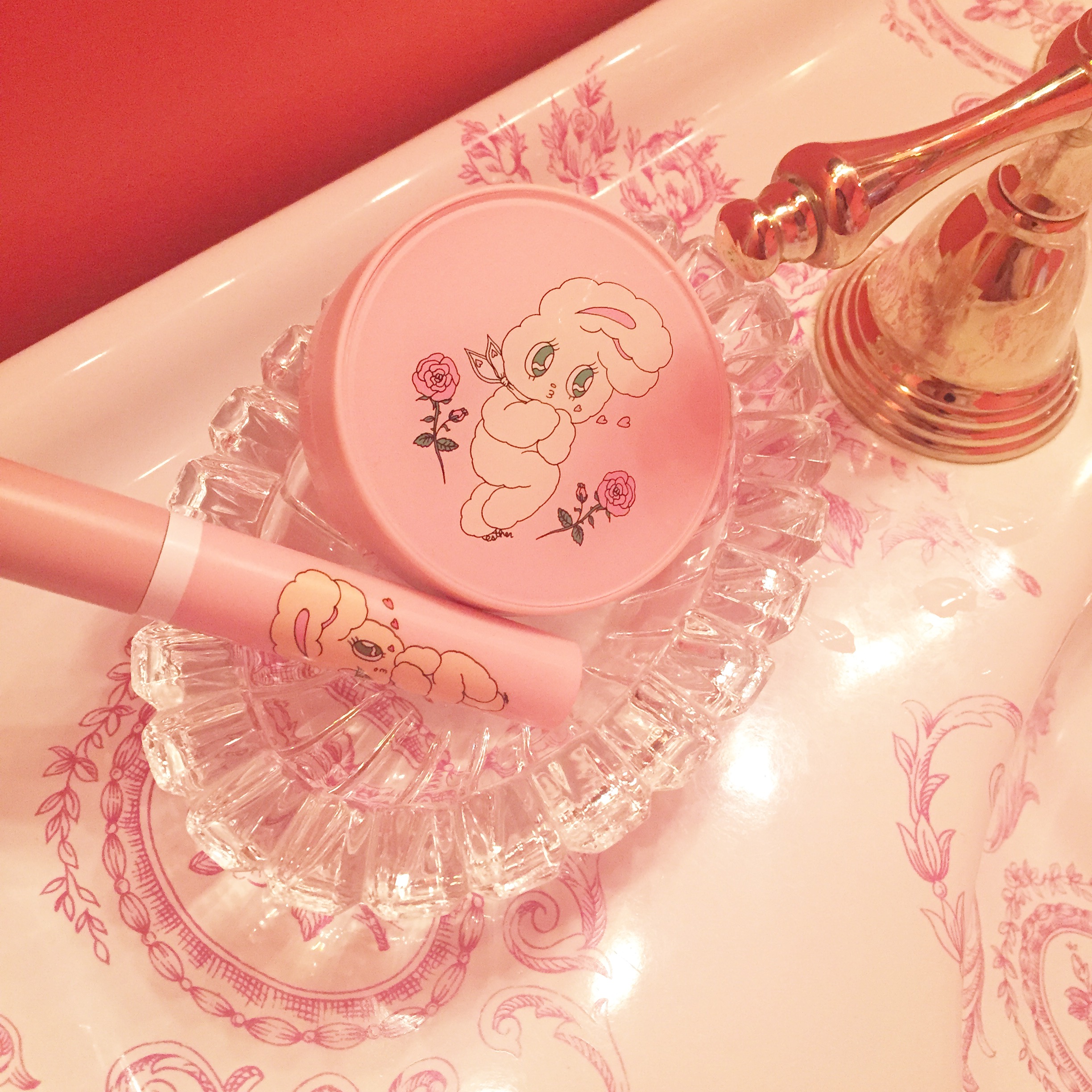
There is more nuance to Esther Bunny than meets the eye. Concealed beneath those enormous eyes and cloud-like fur is a poignant loneliness. It places Esther’s chaotic personal journey into an accessible medium. “Esther bunny looks cute on the surface, but underneath that, I think there’s a lot of sadness and loneliness that I’ve experienced in my life. I have a parent who has been very sick for over 10 years. I worked on my own trying to be an artist for over 10 years. I didn’t have any help. My bunny looks very soft on the outside but she’s been through a lot.”
Esther Bunny is a cute, girly icon and a strong, remarkable statement on feminism, and these are both of equal importance. “The world still needs a lot more girly,” said Esther. “You don’t have to be yelling and always be dominating, you can do it a different way. You can do it your own way.” Inspired by fashion, art-girls, 90s supermodels and 60s French Ye Ye singers, Esther Bunny is cross-generational, cross-cultural girl power distilled into a fluffy, pink package. “It feels so good as a woman to be creating my own world and lifestyle and be my own boss. I think that’s really important for young girls who are figuring out their own way in life to see.”
